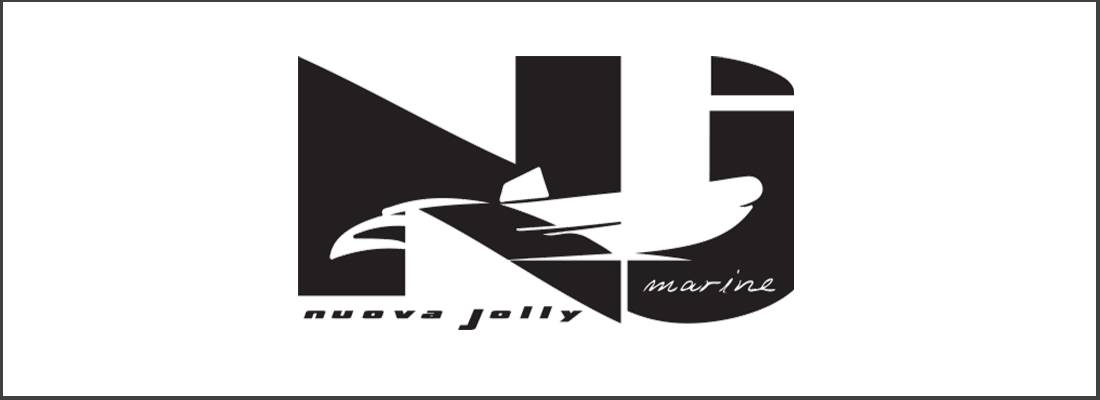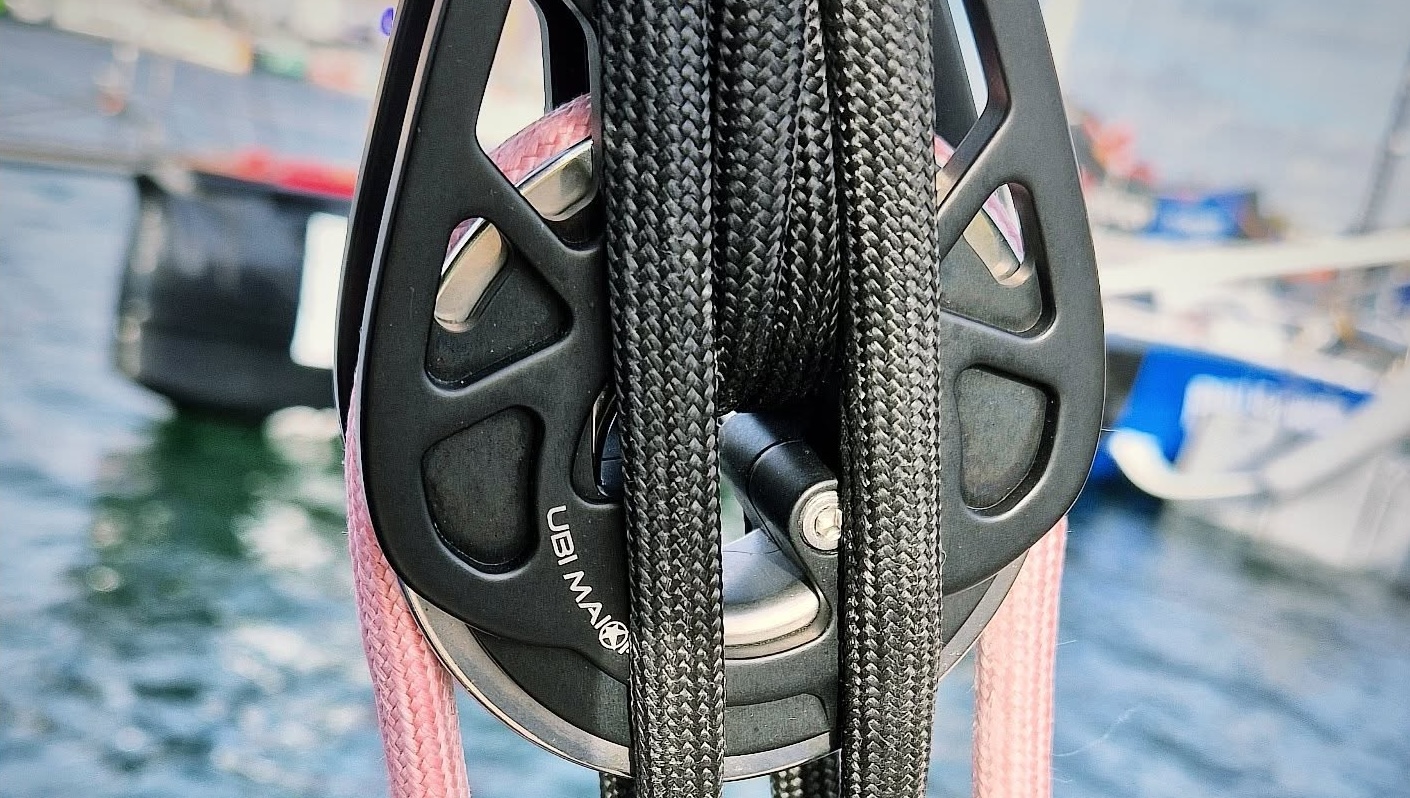Abbiamo già visto come prendere i terzaroli in poppa. Ora vediamo quale sia la manovra più classica, quella da manuale.
E partiamo rispondendo alla domanda base: qual è il momento giusto per prendere la prima mano di terzaroli? Un detto diffusissimo, pare coniato dai Glénans ma non ci giureremmo, afferma che il momento sia quando ti poni per la prima volta questa domanda.
In effetti, se ci si pone la domanda, vuol dire che i nostri sensi sono stati allertati: timone duro, barca che spinge all’orza, eccessivo sbandamento. Nelle andature al vento, tutto questo lo si avverte in tempo reale. Al lasco si rischia invece di scontare un certo ritardo, visto che vento e mare ci sono a favore e le sensazioni sono molto più attenuate. In ogni caso, quando i sensi ci allertano, rispondiamo con l’azione, prendendo la prima mano in condizioni quasi ottimali.
Il primo obiettivo è quello di togliere pressione alla randa per farla scendere quanto necessario e prendere i nuovi punti di mura e di scotta. Se non abbiamo aspettato troppo tempo, vento e mare sono ancora gestibili e facilmente possiamo prendere una bolina. Teoricamente l’ideale sarebbe di stringere il vento al massimo in modo da potere togliere pressione alla randa lascando poca scotta. In pratica dipende da quanta onda abbiamo di prua e che difficoltà comporta. In ogni caso, come primo passo ci portiamo di bolina.
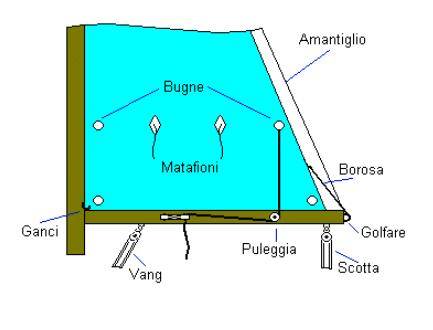
Anche se abbiamo un vang rigido, ogni volta che pensiamo di agire sulla drizza della randa, ricordiamoci di mettere mano all’amatiglio. Quindi, passo numero tre, mettiamo in forza l’amantiglio.
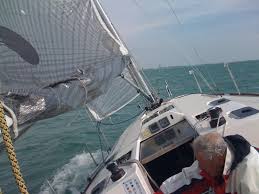
Se abbiamo una presa di terzaroli diretta, ossia se dal pozzetto è sufficiente cazzare la borosa per tirare giù sia la la ralinga che la balumina, la parte posteriore della vela, il gioco è fatto. Altrimenti, passo numero cinque, occorre che una persona all’albero incocci la bugna, ovvero inserisca il foro nel gancio chiamato collo d’oca che si trova nella trozza, il punto di contatto del boma con l’albero. Attenzione a farlo nel verso giusto, ossia a non piegare la tela ma bensì ad agganciarla dritta altrimenti, quanto rimettiamo la drizza in tensione, si rischia di strapparla.
Ora entra in gioco la borosa, che cazziamo fino a fare in modo che il nuovo punto di scotta tocchi il boma. Siamo al passo numero sei, che personalmente faccio precedere da una leggera messa in tensione della drizza in modo che, nel caso in cui la presa di terzaroli non sia diretta, non si rischi di fare uscire la bugna dal collo d’oca.
Siamo al passo numero sette, mano alla drizza e cazziamo bene. Se abbiamo preso una mano vuol dire che c’è vento quindi inferitura bella tesa.
Abbiamo finito. Se abbiamo il lazy bag, la vela in eccedenza finirà raccolta al suo interno, altrimenti dovremo serrarla sul boma con i matafioni. Laschiamo l’amantiglio, puntiamo il vang e regoliamo la scotta riprendendo la nostra andatura.
Una manovra non banale ma nemmeno complicata, a patto che si adottino alcune accortezze: le borose devono essere già armate, evitando di doverlo fare quando vento e mare sono in aumento; anticipare la manovra, per eseguirla in condizioni non proibitive; se qualcuno deve uscire dal pozzetto, sia sempre legato e lavori sopravento al boma.












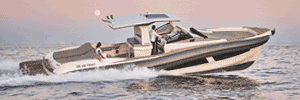
.gif)





